The Kendo-Ka
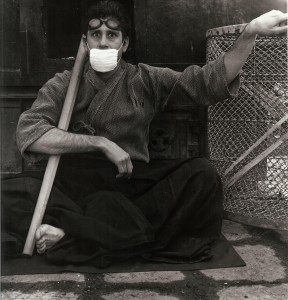
Besides being a musician, Sohrab is also a certified teacher of Kendo, the modern Japanese martial art of sword-fighting. To study Kendo was the main reason for him to leave his hometown Hamburg in Germany in 1974. He was twenty years old and ready to challenge himself in Japan which was almost unknown to Europeans. When he arrived in Osaka he couldn’t speak Japanese at all and didn’ like the food. He had all kinds of problems when communicating. Mentally, emotionally and physically he was in a state of culture shock.
He only knew a Kendo teacher, in Osaka, Mr. Okumura, who had invited him to stay at his home with his family for a while. His study of Kendo started almost after his arrival. Mr. Okumura found another Kendo teacher for him. The first thing he had to do was change his original name to Sohi Sadato so that the Japanese could pronounce his name. Besides Kendo, Sohrab also studied and practised Judo, but gave it up two years later when he felt he should focus only on one martial art.
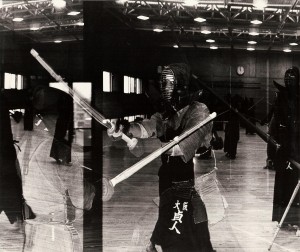
So everyday from morning til evening Sohrab studied and practiced Kendo. He became so popular among Osaka’s Kendo teachers that he was invited to their dojos. They taught him the secret of their styles. At that time he was the only foreigner practicing at the head dojo of the Osaka Police. During his third year he found his real master who was teaching at the Osaka Sports College. Sohrab decided to enter his school and stayed there for the next six years studying under that master. When he graduated he was the holder of the 5th dan and was an official teacher.
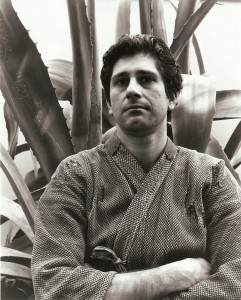
In 1984 he left Osaka for Tokyo because again he felt that he needed a big change in his Kendo life. In Tokyo the head Kendo teacher of the Tokyo Metropolitan Police, who was Sohrab’s new and last master, was waiting for him. Under his guidance Sohrab accomplished his study and became a real Kendo master. In 1987 he passed the 6th dan examination and became the first foreigner receiving all his 6 dans in Japan and in the most speedy way:
Kendo1st dan and Judo 1st dan in 1974
Kendo 2nd dan in 1975
Kendo 3rd dan in 1976
Kendo 4th dan in 1978
Kendo 5th dan in 1981
Kendo 6th dan in 1987
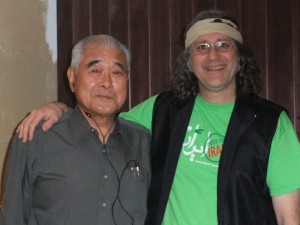
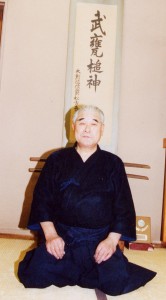
All this said, how could Sohrab get involved with music when Kendo was the main thing in his life in Japan?
After 4 years of hard training, Sohrab felt that he needed something “extra” in his daily life. Studying Kendo wasn’t enough to enjoy and experience life. In fact he felt that he was losing touch with people around him. He had no time to do other things, such as going to see movies, go to concerts, socialize with people, have a girlfriend. When he was 24 years old he happened to go to a free Jazz concert. He enjoyed their “crazy” music. While listening he even found some similarities in their music with Kendo. After their show Sohrab had a chance to talk to them and surprised them with the satement in broken Japanese: “Free Jazz is Kendo and Kendo is Free Jazz!” The band enjoyed the conversation with him so much that they invited him to their next rehearsal.
Sohrab was so happy after the concert to find out that Kendo was appliable to other things in common life, such as music. He realized that music would open a new door to the world. Kendo was only good for Japan, but music was something that could speak to anybody around the world.
After the first rehearsal Sohrab asked the band to accept him as a member. They agreed and let him do vocals for a couple of months. Then they realized that his voice wasn’t “loud” enough, so they give him a used alto sax to play on without teaching him how to play it. He just felt cool “blowing” his horn and fell in love with every new sound he got out of it. The horn player taught him the basic fingering of the keys and how to put the reed on the mouthpiece. That’s all! The rest he taught himself based on Kendo. You could call him a “Kendo sax player playing Kendo music”. Sohrab never copied any other musician from the beginning and he has never been a sideman of any band. Without Kendo, Sohrab would never have become the musician he is now!
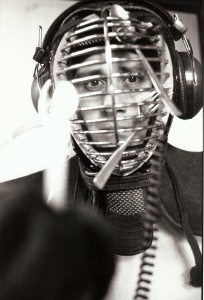
What did he learn from Kendo and apply to his music?
To believe in himself and be original.To develop his own style and get an original sound.
To be able to listen to others and respond to them.
Practice and real life are one.Don’t stop breathing when you are mentally, emotionally and physically in trouble.
When you learn one thing from A to Z, you can apply it to another thing, art, work, etc.